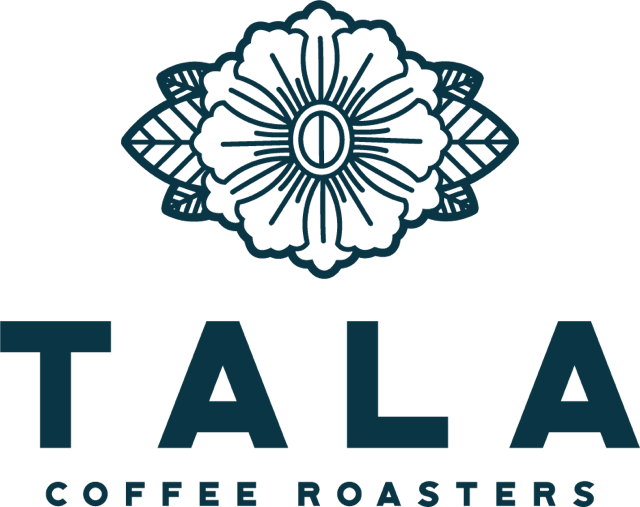Changing Variables
Coffee is first and foremost science, and as such there are lots of variables to think of at one time. Although these variables can get pretty hard-core science-y, we will try to keep it simple yet. Understanding the basics of changing coffee variables will be a huge open window for understanding coffee.
VARIABLES IN BREWING
In all honesty there are like a million variables, but some of the more important variables to pay attention to are brew method, time, grind size, dose and yield.
CHANGING VARIABLES
Variables change depending on what brew method you want to use, how much coffee you want to make and once you know a little more you can start manipulating variables based on what kind of coffee you're using, how old your coffee is, etc.
BREW METHOD: The best place to start is brewing method. If you only have access to one then your decision is easy. If you have a few and aren't sure when to use what, check out our post comparing different brew methods to decide.
TIME: Every brew method comes with a window of time that is right for it. The design of each brew method lends itself to a different timeframe to optimally extract the coffee. This means that you will want to manipulate other variables to make your time fit into the window of time that is right for your brew method. The brewing time should not change more than a few seconds to accommodate other variables other than brewing method. Think of brew method and brewing time as married.
GRIND SIZE: Every brew method also comes with a spectrum of grind size that is right for it. This is based mainly on the timeframe and the filter. Keep in mind that if you have a metal mesh filter (like in a French Press), a finer grind will inevitably get through the filter into the coffee. The main reason grind size changes is to maintain the time that is correct for the brew method. When we suggest--for instance--a medium grind for a Chemex, it is primarily because a medium grind will likely give you the correct brewing time for a Chemex. The grind size changes to accommodate the brewing time and other variables.
DOSE: The dose is how much coffee you are using. This is dependent in part by your brew method and then in art by your preference. Some brewing methods can only make one or two cups at most depending on your recipe and serving sizes (AeroPress and V60 for instance). When you dose more or less this will slightly affect your brewing time (it is going to take longer to brew 40g of coffee than 20g). Because brewing time is important to keep relatively stable, you will have to adjust the grind size to keep the time correct and accommodate the extra coffee. Keep in mind that you can only play with each variable so much before the coffee starts tasting funny so if you really need to make a huge batch of coffee you should opt for a bigger brewing method (like a Chemex) rather than trying to change every other variable.
YIELD: The yield is how much coffee you end up with. This is heavily dependent on the dose (you can think of dose and yield as married, too). Essentially the yield is a simple equation based on how much you dose. We suggest starting with a 15.5:1 ratio (water to coffee). Usually it works best to do the math backwards and first ask yourself how much coffee you want to consume and measure your dose according to that.
SIMPLY PUT
Brew methods ultimately determine all other variables. It is important to maintain time above all else, as determined by your brew method of choice. Dose and yield are codependent variables that can be manipulated as determined by how much coffee you want to drink. Your grind setting will change based on your dose and brew method in order to keep your brew time accurate to your brew method.
OTHER VARIABLES
There are so many other variables to consider once you have those ones down, including the age of your coffee, what tastes you want to bring out the most in your coffee, the kind of processing your coffee had and the roast-level of your coffee. You can check out some of our pro tips for more information on those variables.
